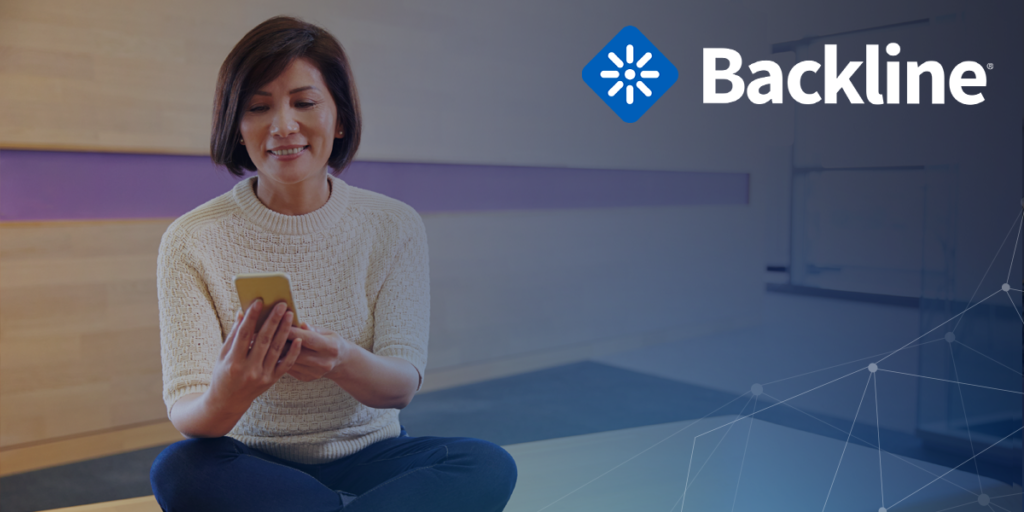DrFirst Survey: 44% of Americans Have Used Telehealth Services During Coronavirus Pandemic but Some Admit Not Paying Attention
New Data Reveals Multitasking During Appointments, Including Checking Social Media and Playing Video Games
Rockville, MD – Oct. 28, 2020 – Nearly half of Americans (44%) have used telehealth services during the novel coronavirus pandemic, but not all of them are paying full attention, according to a recent survey announced today by healthcare pioneer DrFirst.
DrFirst surveyed more than 1,000 American consumers to explore attitudes and behaviors around telehealth and other facets of healthcare and found that 73% of men and 39% of women report multitasking during telehealth visits. Distractions include:
- Surfing web, checking email, texting – 24.5%
- Watching the news, TV, or movie – 24%
- Scrolling through social media – 21%
- Eating a snack or a meal – 21%
- Playing a video game – 19%
- Exercising – 18%
- Smoking a cigarette – 11%
- Driving a car – 10%
- Having a “quarantini” cocktail or other alcoholic beverage – 9.4%
“Video calls are becoming a part of our regular lives as more people are working from home, and people are getting used to multitasking during them,” said Colin Banas, M.D., DrFirst’s chief medical officer. “As tempting as it may be, it’s important for patients to put aside distractions during a telehealth visit so they can fully engage with their healthcare provider.” Banas suggests that patients use a quiet, well-lit space for their telehealth appointment. “Set up early to make sure your internet connection, microphone, and camera are working. I also advise patients to take notes and ask questions, whether their appointment is in-person or via telehealth,” he added.
The survey also reveals that 60% of patients said they rescheduled or postponed a doctor’s appointment during the pandemic. Telehealth is allowing patients new options for medical care during the pandemic, according to Banas. DrFirst’s iPrescribe mobile app and its Backline care collaboration platform are being used by healthcare providers in all settings to enable secure telehealth and remote care, including hospitals, doctors’ offices, and emergency medical services.
Respondents reported using telehealth for:
- Annual checkup – 38%
- Mental health therapy – 25%
- Specialists visits (e.g., dermatologist, hematologist, or oncologist) – 21%
Video Is Popular – and Influences Patient Behavior
While 84% of respondents report using video during telehealth, its use is influenced by gender and age. Men (89%) more likely to use the video camera than women (77%), and those under age 55 (72%) are more likely to do so than those aged 55 and over (28%). In addition, the most cited reasons for not using video are the inability to get the camera to work (25%) and not having enough Wi-Fi bandwidth for the call (20%).
Video also appears to influence patient behavior, with 29% saying they dressed more “nicely” than for an in-person appointment. Men (43%) are more likely to dress up than women (10%), and overall, 14% of respondents say they wore pajamas. Patients may be more concerned about what they wear during a telehealth call than healthcare providers, according to Banas. “Doctors’ top priority is your health, so whatever a patient wants to wear in order to feel comfortable and fully engaged is fine,” he advised.
While Americans are embracing telehealth, they have several suggestions to improve it, including:
- Better video clarity – 26%
- Ability to ask doctors questions in advance via text message – 25%
- Ability to self-schedule healthcare visits online or via an app – 23%
- Ability to see their own physician rather than a “random” telehealth doctor – 23%
- Making it easier to use by patients who are not tech-savvy – 23%
- Prompt arrival of doctor or staff at appointment time – 22%
“It’s interesting to see the list of areas patients would like to see improved. Since Backline was developed by people with a clinical background, we took all these things into account when we created the platform,” said Banas. “Backline allows for secure texting, the ability to see your own physician, and is user friendly for people who are not tech-savvy or are unfamiliar with video conferencing.” In addition to telehealth, DrFirst’s award-winning care collaboration platform allows clinicians to consult with each other and manage and share documents, images, e-signatures, and forms.
Methodology
A national online survey of 1,002 U.S. consumers, ages 18+, was conducted by Propeller Insights on behalf of DrFirst, between June 16 and June 19, 2020, with a maximum margin of sampling error of +/- 3 percentage points at a 95 percent level of confidence.
About DrFirst
Since 2000, DrFirst has pioneered healthcare technology solutions and consulting services that securely connect people at touchpoints of care to improve patient outcomes. We create unconventional solutions that solve care collaboration, medication management, price transparency, and adherence challenges faced in healthcare. We unite the Healthiverse—the interconnected healthcare universe—by providing our clients with real-time access to the information they need, exactly when and how they need it, so patients get the best care possible. DrFirst solutions are used by nearly 300,000 healthcare professionals, including more than 100,000 prescribers, nearly half of the EHRs in the U.S., and more than 1,400 hospitals in the U.S. and Canada. To learn more, visit www.DrFirst.com or follow @DrFirst.
###

















